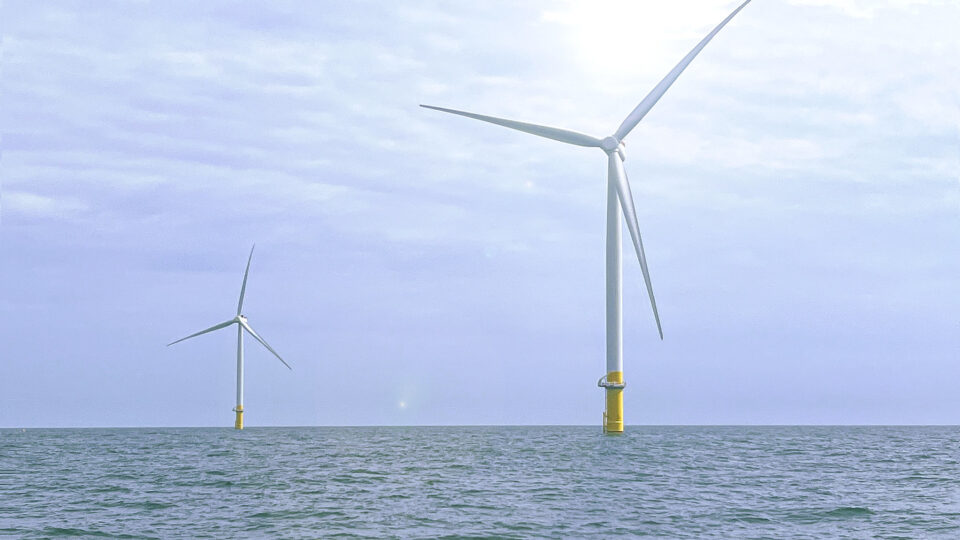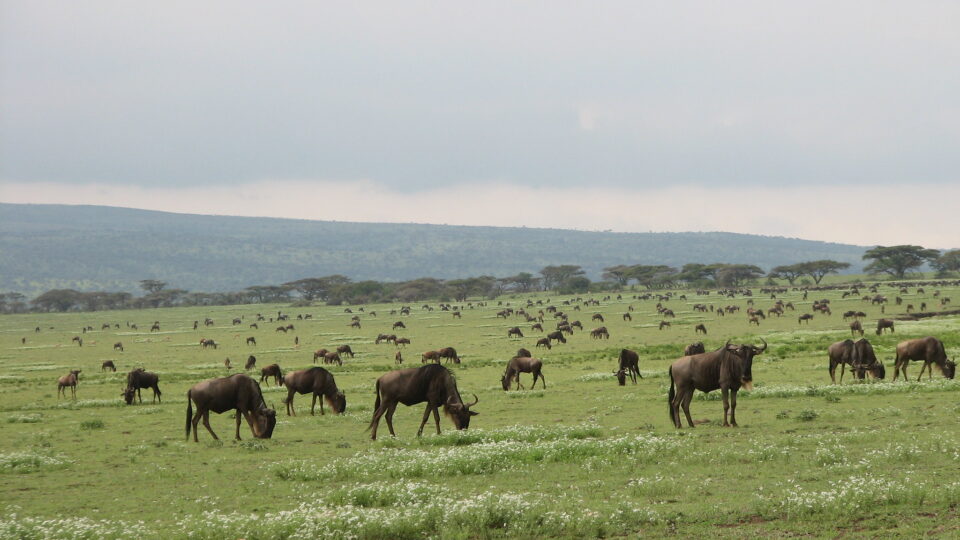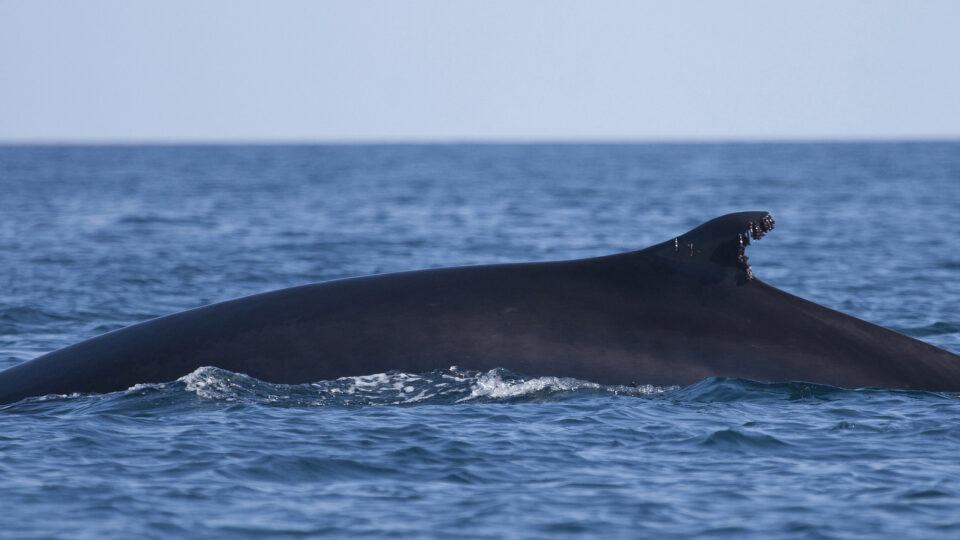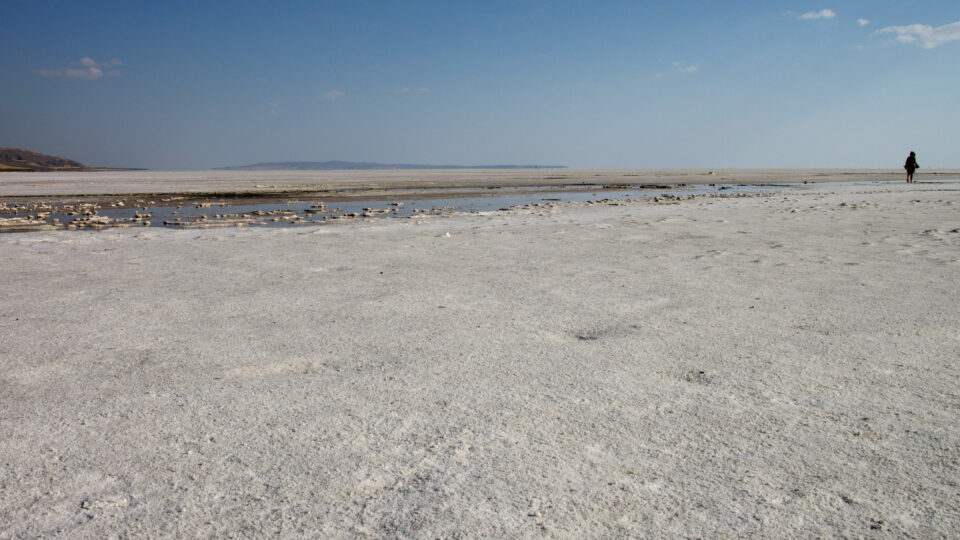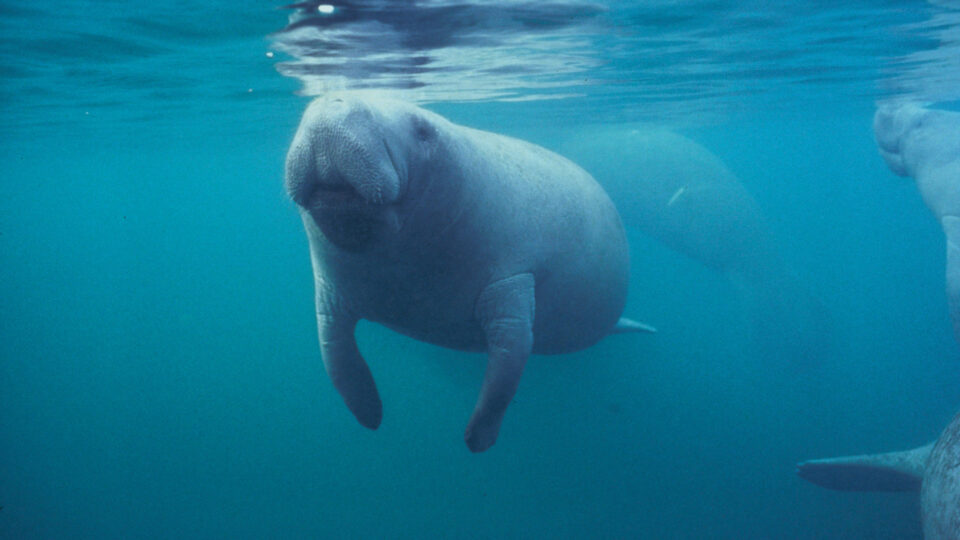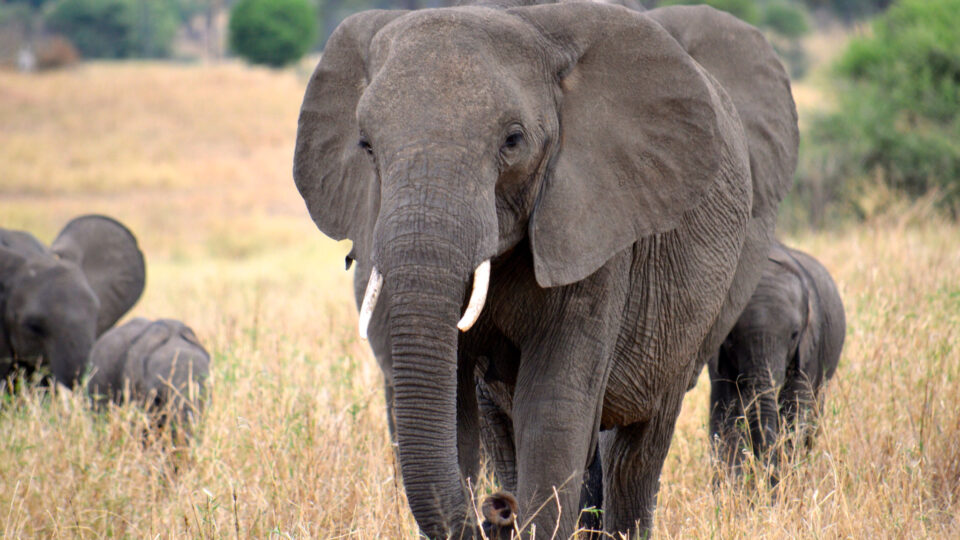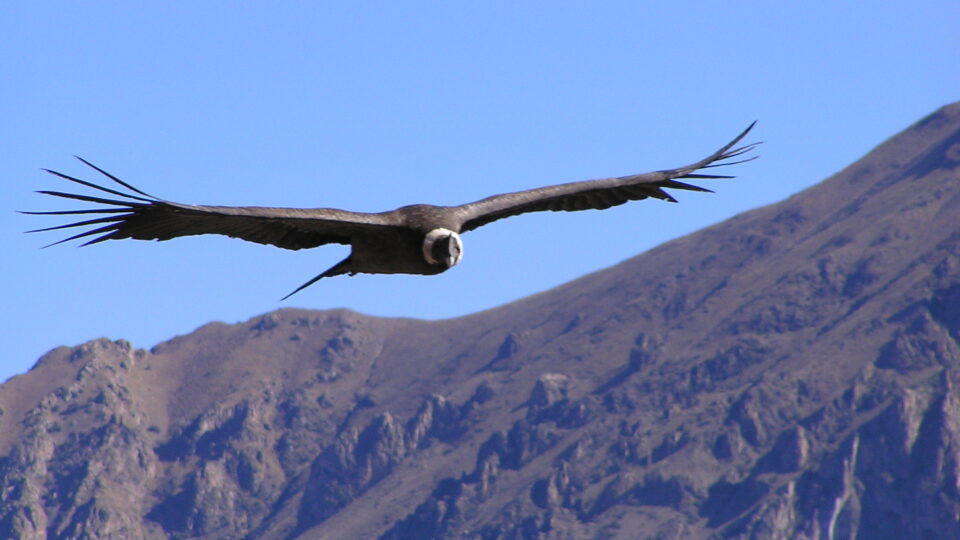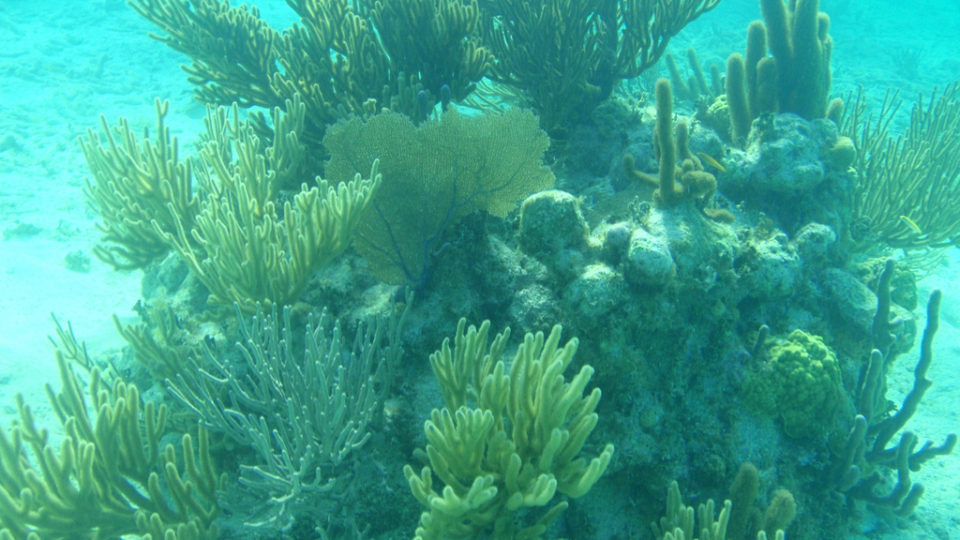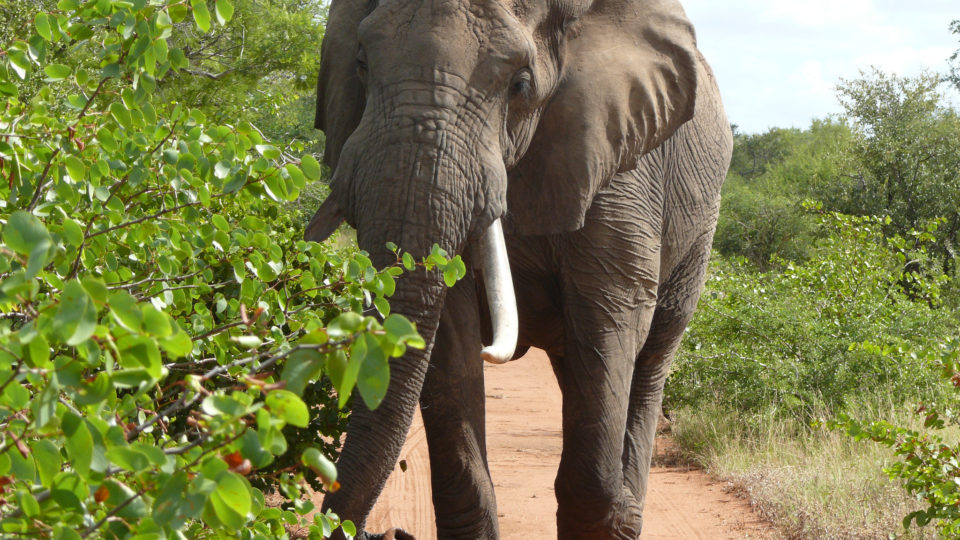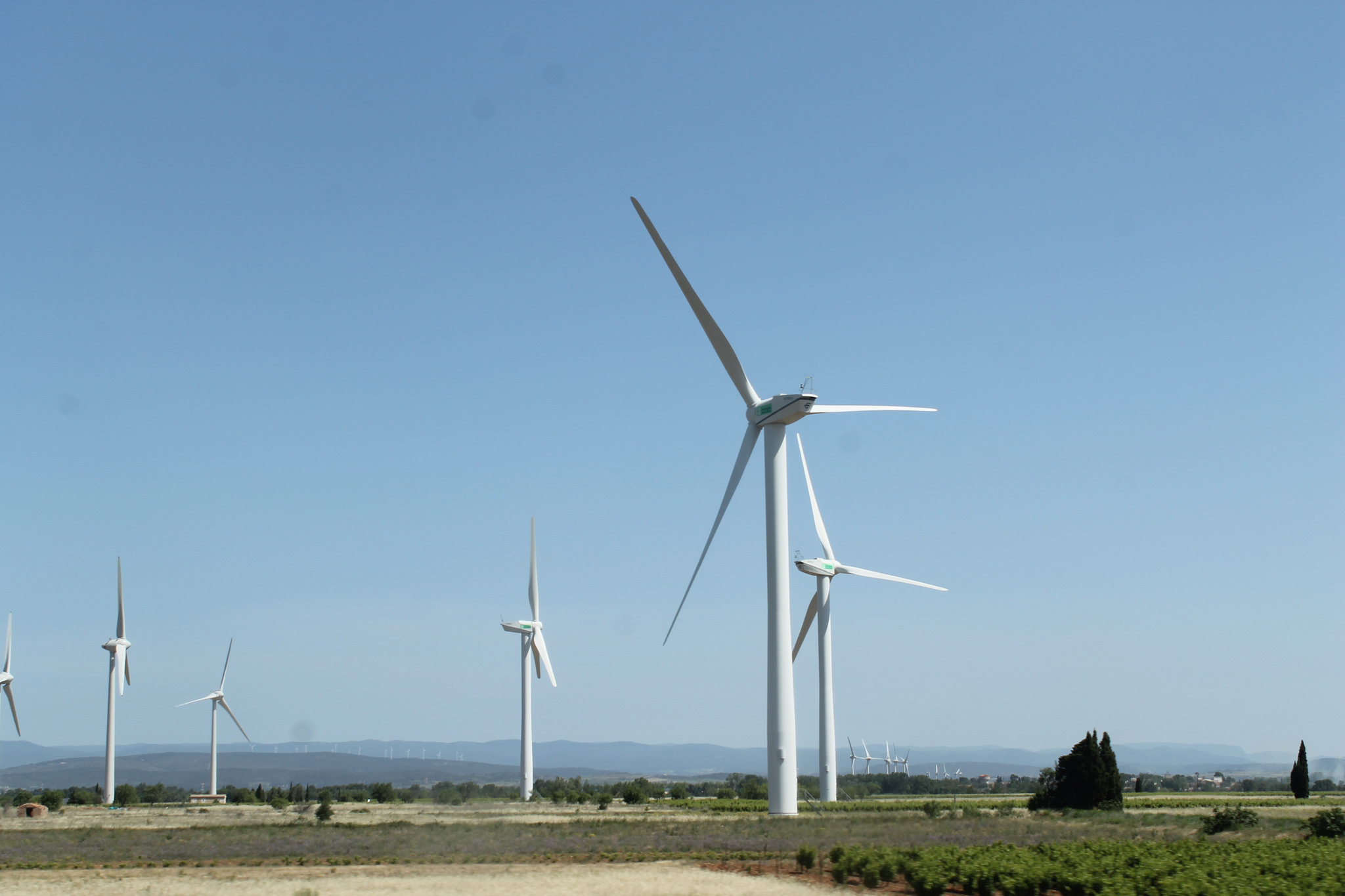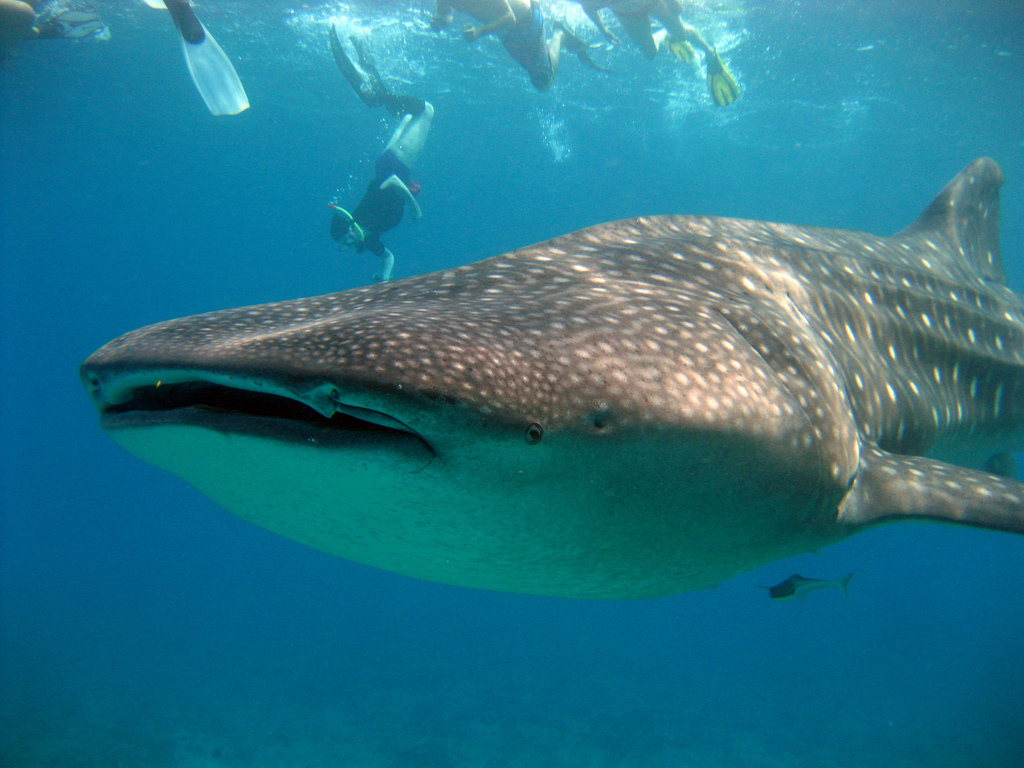As of June, the world had seen 13 consecutive months of record-breaking heat. The average global temperature over the last 12 of those months measured 1.5 degrees Celsius warmer than the preindustrial era. This means that the world has at least temporarily exceeded the temperature target set forth in the Paris Climate Agreement.
Does this mean that climate change has gotten to the point where keeping temperatures below that goal is no longer possible? Not necessarily. Temperatures could drop below the 1.5-degree level in the near future.
The world has certainly been warming as a result of climate change, but the spike in temperature for the past year has also been driven by an El Niño condition in the Pacific, which leads to warmer temperatures. How much of the warming is a result of each factor is not known.
But scientists say that El Niño has ended in June and a La Niña condition is likely to take shape between August and October. This would lead to cooler temperatures in many places.
Despite the extensive and lingering heatwaves in the US in July, on a global scale, temperatures have actually started falling in July. July may end up being the first month since June 2023 to not set a new monthly global temperature record. Nevertheless, the long streak of record-high temperatures is no statistical anomaly. It is indicative of a large and continuing shift in the climate. Whether conditions in the Pacific produce an El Niño or a La Niña, the steady long-term warming will continue as long as human-generated carbon emissions continue.
**********
Web Links
How Bad Is Warming? La Niña May Reveal
Photo, posted September 19, 2022, courtesy of Paul Sableman via Flickr.
Earth Wise is a production of WAMC Northeast Public Radio



